Different types of load control
This section identifies the different types of load control system and briefly explains some of the key points to be aware of.
Basic load control
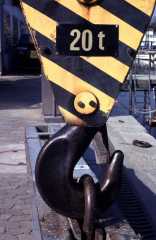
The most basic form of load control could simply be a pilot operated check valve that supports a load. Virtually leak free operation is essential to prevent dangerous, actuator creep.
Hose Break Valves
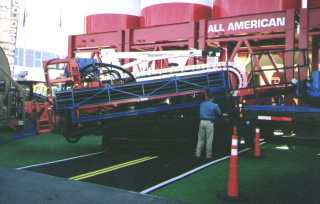
Hose break valves sense the flow within a line and operate to restrict actuator movements only if the supply line hose factures.
Counterbalance valve
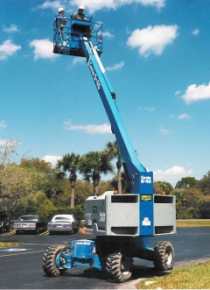
Counterbalance valves are required when gravity can move the load faster than the speed intended by the hydraulic system. Otherwise negative system pressures may be generated that are likely to cause serious damage or failures.
Overcentre loads
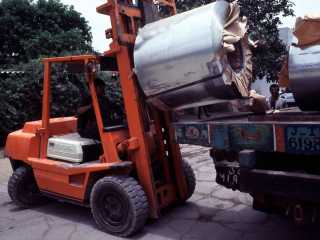
Overcentre loads result when the machine's geometry causes the load to change from resistive to overrunning then negative pressures, variable speeds or uncontrolled loads may result.
Braking controls
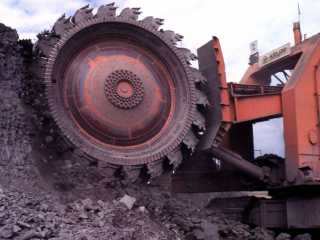
Braking controls are required when the inertia force of a slowing load is greater than the braking force provided by the hydraulic system. In such cases dangerous negative pressures or uncontrolled loads may result.
Thermal expansion/contraction
Never forget that thermal expansion / contraction of the fluid may cause the actuators to move or the system pressures to vary, in sealed systems.
Contrary to a common belief, oil is compressible and so if a volume of pressurised oil between the cylinder and the load control valve (including the oil in the cylinder) experiences a temperature change then the volume will increase or decrease. If it increases this will mean the pressure will try and increase but if it exceeds the setting of the counterbalance valve, this valve will open and relieve the pressure.
If however the temperature decreases then the volume will reduce trying to cause a reduction in pressure. This cannot normally happen because the valve will be supporting a load so the pressure cannot fall and so the cylinder will extend or retract to maintain the load pressure. This can often be seen when a machine is left overnight. For information the approximate compressibility of a medium grade hydraulic fluid is 0.5% per 70 bar by volume.
System Natural Frequency
All hydraulic fluid is compressible. Long pipe lengths(volumes) between the valve and the cylinder or a large load relative to the cylinder area may result in an unstable operation.
The hydraulic stiffness can be calculated and should normally be greater than 4 Hz. However this does involve a great deal of calculation and normally will take too long to sort out potential problems.
If your system's hydraulic stiffness is too low then the fluid will act like a spring and your actuators will bounce.